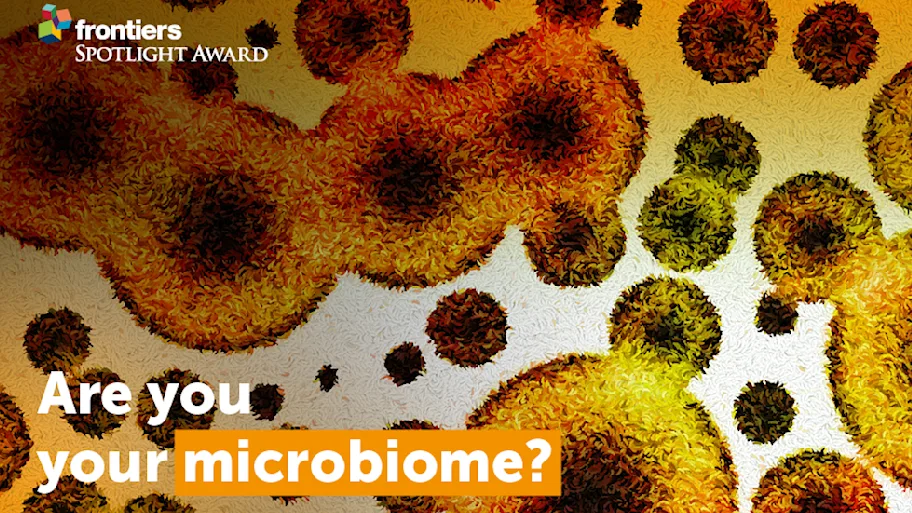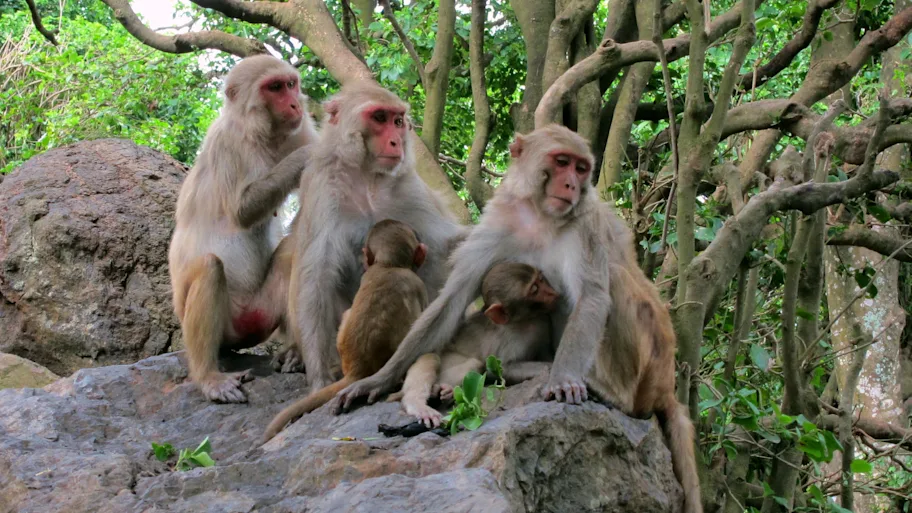
- Science news
- Featured news
- Urban biodiversity to reduce chronic disease
Urban biodiversity to reduce chronic disease

Researchers suggest that restoring native plant communities to urban areas could expose us to beneficial microbes. Image: Shutterstock.
‘Rewilding’ the urban environment with native microbes could restore the human microbiome and reduce our risk of chronic disease
— by University of Adelaide
Replanting urban environments with native flora could be a cost effective way to improve public health, University of Adelaide researchers say.
In a new paper, published in Frontiers in Microbiology, researchers say that humans – thought of as ‘holobionts’, a symbiosis of host and microorganisms reliant on ecosystem health and biodiversity for optimal health outcomes – and more specifically, urban populations, are in dire need of more natural habitat to address chronic disease rates.
Relating Urban Biodiversity to Human Health With the ‘Holobiont’ Concept► Read original article► Download original article (pdf)
In an effort to stem rising global rates of non-communicable diseases like asthma, inflammatory bowel disease, and allergies which have been linked to less diverse human microbiomes, researchers suggest restoration of urban microbial biodiversity through rewilding could help address chronic health problems.
Lead author Jacob Mills, from The Environment Institute at the University of Adelaide, said that evidence is pointing towards humans needing healthy, natural, and microbially-rich environments to properly develop as healthy holobionts.
“We are more than human, cell-for-cell we are 57% microbial, we’re walking ecosystems. Our symbiotic microbial partners, or our ‘Old Friends’ as they’re known, come from our mother and wider habitat when we’re young. These microorganisms play vital roles in our health, particularly our immune training and regulation,” he said.
“One cause for the rapid increase of non-communicable diseases in urban populations is thought to be a decrease in biodiversity, including microbial diversity, of human habitat through urbanisation.
“As it stands with current urban designs, people are poorly exposed to their ‘Old Friends’ and partially because of this we have decreased our health status through improper immune training and regulation. Most microbes are actually beneficial or neutral, only rarely do they cause disease.”
Related: Are you a super pooper?
Researchers suggest that restoring native plant communities to urban areas could provide generational health benefits and result in huge savings for health care sectors – they estimate that if urban restoration can reduce health costs by 5% then the European Union could save €230-to-280 million per year on inflammatory bowel disease alone.
“Restoring plant communities provides habitat for animals and changes soil, water, and air conditions, all of which impact on the environmental microbiota, generating a more natural microbial community,” Mr Mills said.
“Biodiversity restoration could be a cheap health care intervention with the possibility of enormous savings for health care sectors which can be spent in other areas of need. It also comes with co-benefits – like urban heat-island mitigation, pollution capture, and species conservation – which makes it a no-regrets intervention.”
Original article: Relating Urban Biodiversity to Human Health With the ‘Holobiont’ Concept
REPUBLISHING GUIDELINES: Open access and sharing research is part of Frontiers’ mission. Unless otherwise noted, you can republish articles posted in the Frontiers news blog — as long as you include a link back to the original research. Selling the articles is not allowed.






